What Is Tree Cabling and How Does It Protect Your Trees?
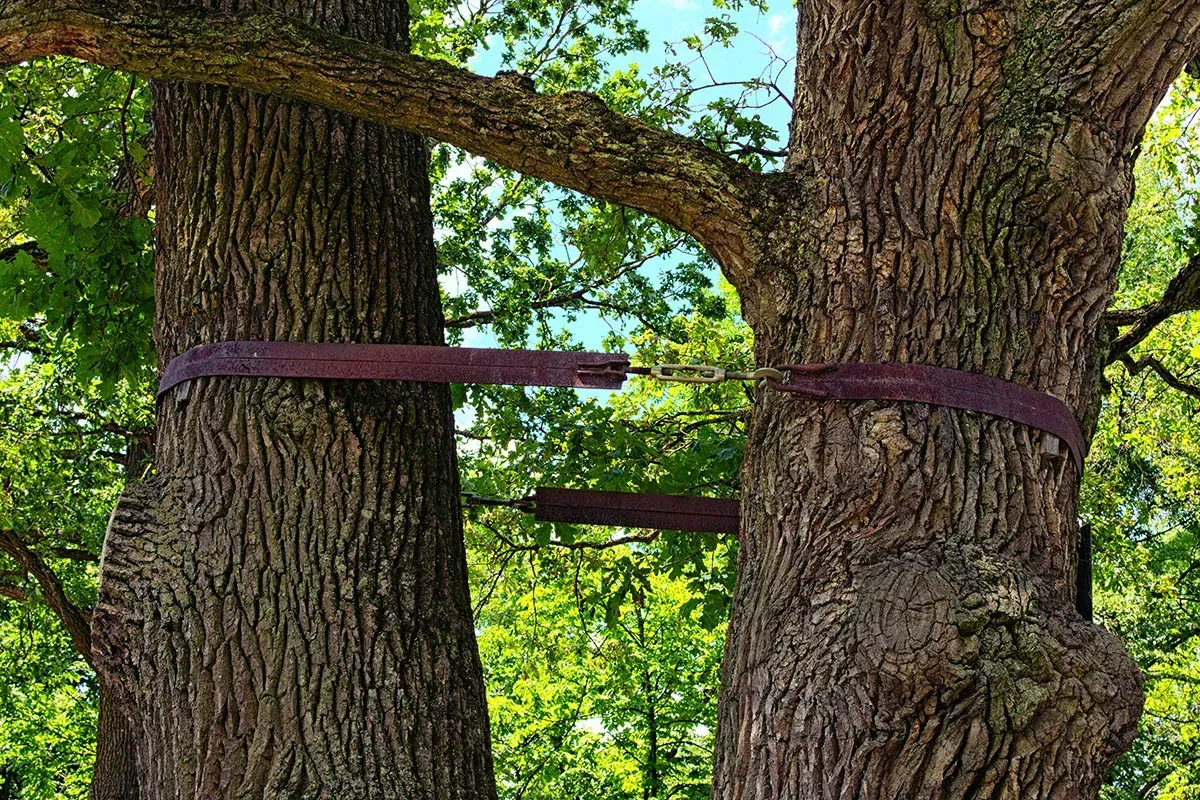
When a tree begins to show signs of structural weakness, it doesn’t always mean it needs to be removed. Tree cabling is a highly effective way to provide extra support, reduce the risk of failure, and extend the life of a tree. If you've ever noticed trees with large, heavy branches or multiple trunks growing in different directions, you might have wondered how they stay upright. The answer often lies in tree support cables, which help stabilize trees and prevent dangerous breakage.
Let’s explore how tree cabling works, when it's necessary, and why professional assessment is crucial to prevent tree failure and protect your landscape.
How Tree Cabling Works to Prevent Tree Failure
Not all trees grow with perfect structure. Some develop weak branches, multiple trunks, or unbalanced canopies that make them more prone to breaking, especially during storms or high winds. This is where tree cabling becomes essential.
Using tree support cables, arborists connect weaker branches or trunks to stronger ones, redistributing stress and reducing the likelihood of sudden failure. The cables act as a reinforcement system, giving trees additional strength to withstand extreme weather, heavy snow, or even their own weight.
Key benefits of tree cabling include:
- Preventing tree failure by stabilizing weak limbs
- Reducing the risk of falling branches that could cause property damage
- Extending the life of mature trees
- Enhancing tree safety without compromising its natural beauty
Professional arborists install these cables high in the canopy, ensuring they provide effective support without interfering with the tree’s natural growth.
When Is Tree Cabling Necessary?
Not every tree needs cabling, but certain warning signs indicate when it’s time to take action. If you notice any of these structural weaknesses, it may be time to consult a professional:
- Multiple trunks (Codominant Stems): Trees with more than one trunk often struggle to support their own weight. Over time, these trunks can split apart, leading to severe damage.
- Large, heavy branches: Some trees develop oversized limbs that become too heavy to support themselves, increasing the risk of breakage.
- Cracks or splits in the trunk or branches: If you notice visible cracks, it could mean the tree is under excessive stress. Tree support cables can help relieve this pressure.
- Trees exposed to strong winds or storms: If your area experiences frequent storms, reinforcing your trees can help them withstand extreme weather conditions.
- Historic or valuable trees: If you have an old, cherished tree on your property, cabling can help preserve it for generations to come.
When in doubt, a certified arborist can assess your tree’s condition and determine if tree cabling is the right solution.
Types of Tree Support Cables Used in Cabling Systems
Not all tree cables are the same. Depending on the tree’s structure and the level of support needed, different materials and techniques are used.
1. Steel Tree Cables
Steel cables are the most common choice for tree support cables. They provide maximum strength and durability, making them ideal for heavy branches and large trees. Installed with lag bolts or eye bolts, these cables create a strong anchor point for stabilizing weak limbs.
2. Dynamic Cables (Synthetic Materials)
Unlike steel cables, synthetic tree support cables allow for more natural movement. They provide flexibility while still reducing stress, making them a great option for trees that need support without being overly restricted.
3. Bracing Rods
For trees with deep cracks or splitting trunks, bracing rods are sometimes used along with tree cabling. These rods help secure weak areas and prevent further damage.
Professional arborists choose the best option based on the tree’s needs and the severity of its structural weaknesses.
The Importance of Professional Tree Cabling
While DIY solutions might seem tempting, improper cabling can do more harm than good. Incorrect installation can place too much stress on a tree, leading to girdling (when a cable cuts into the bark) or structural failure.
Here’s why hiring a professional arborist for tree cabling is essential:
- Expert assessment: A trained arborist knows how to evaluate the tree’s health, structure, and the best placement for tree support cables.
- Proper installation: Professionals use specialized tools and techniques to install cables without damaging the tree.
- Ongoing maintenance: Cabling systems require periodic inspection to ensure they remain effective as the tree grows.
By working with a certified arborist, you can ensure your tree receives the right support while minimizing potential risks.
How Tree Cabling Helps Preserve Trees in Storm-Prone Areas
If you live in an area prone to strong winds, heavy snow, or severe storms, tree cabling can make a significant difference in protecting your landscape. Trees that are vulnerable to storm damage are at a higher risk of tree failure, which can lead to costly property damage.
Installing tree support cables before extreme weather strikes can:
- Strengthen weak branches to withstand high winds
- Reduce the chance of limbs breaking under heavy snow or ice
- Help trees maintain stability and balance during storms
- Protect homes, vehicles, and other structures from falling debris
Instead of waiting for a storm to expose structural weaknesses, proactive tree cabling ensures that your trees remain strong and resilient year-round.
Cabling vs. Pruning: Which Is Better?
Homeowners often wonder whether tree cabling or pruning is the best solution for weak trees. While both methods serve to improve tree health and safety, they are used for different purposes.
| Method | Purpose | Best Used For |
|---|---|---|
| Tree Cabling | Provides structural support | Weak limbs, heavy branches, multiple trunks |
| Pruning | Removes dead or hazardous branches | Overgrown trees, disease control, shaping |
In many cases, a combination of tree cabling and selective pruning is the best approach. An arborist can help determine the right balance to ensure the tree remains both strong and aesthetically pleasing.
Protect Your Trees with Tree Cabling
If your trees have weak limbs, multiple trunks, or are at risk of tree failure, installing tree support cables can provide the stability they need. Whether you’re dealing with a valuable historic tree or simply want to protect your property from falling branches, tree cabling is a proactive solution that extends the life of your trees while enhancing safety.
At Sunshine Tree & Landscape, we specialize in professional tree cabling services to keep your trees healthy and strong. Our team of certified arborists can assess your trees and recommend the best course of action to protect them from structural failure.
Call us today at 908-387-1111 or send us an email at suntree@ptd.net to schedule a consultation. Let’s keep your trees safe, stable, and thriving for years to come.
Frequently Asked Questions
1. How does tree cabling help prevent tree failure?
Tree cabling strengthens weak branches and trunks by using tree support cables to redistribute stress and provide extra stability. This prevents branches from breaking under strong winds, heavy snow, or their own weight, reducing the risk of tree failure and property damage.
2. When should tree support cables be installed?
Tree support cables should be installed when a tree shows signs of structural weakness, such as multiple trunks, heavy limbs, or visible cracks. If a tree is at risk of tree failure, cabling can reinforce its structure and extend its lifespan. Consulting a professional arborist is the best way to determine if cabling is necessary.
3. Can tree cabling damage a tree over time?
When installed correctly by a certified arborist, tree cabling does not harm the tree. However, improper installation or neglecting regular maintenance can lead to girdling, where the cables cut into the tree. Routine inspections ensure that tree support cables remain effective without restricting growth.
4. Is tree cabling a permanent solution for weak trees?
No, tree cabling is not always permanent. As a tree grows, the support system may need adjustments or replacements to continue preventing tree failure. Regular check-ups by an arborist help determine when cables need to be tightened, moved, or replaced.
5. Do tree support cables stop branches from moving?
No, tree support cables allow for natural movement while reducing excessive stress on weak limbs. Properly installed cabling supports the tree without completely restricting its natural flexibility, helping it grow stronger over time.
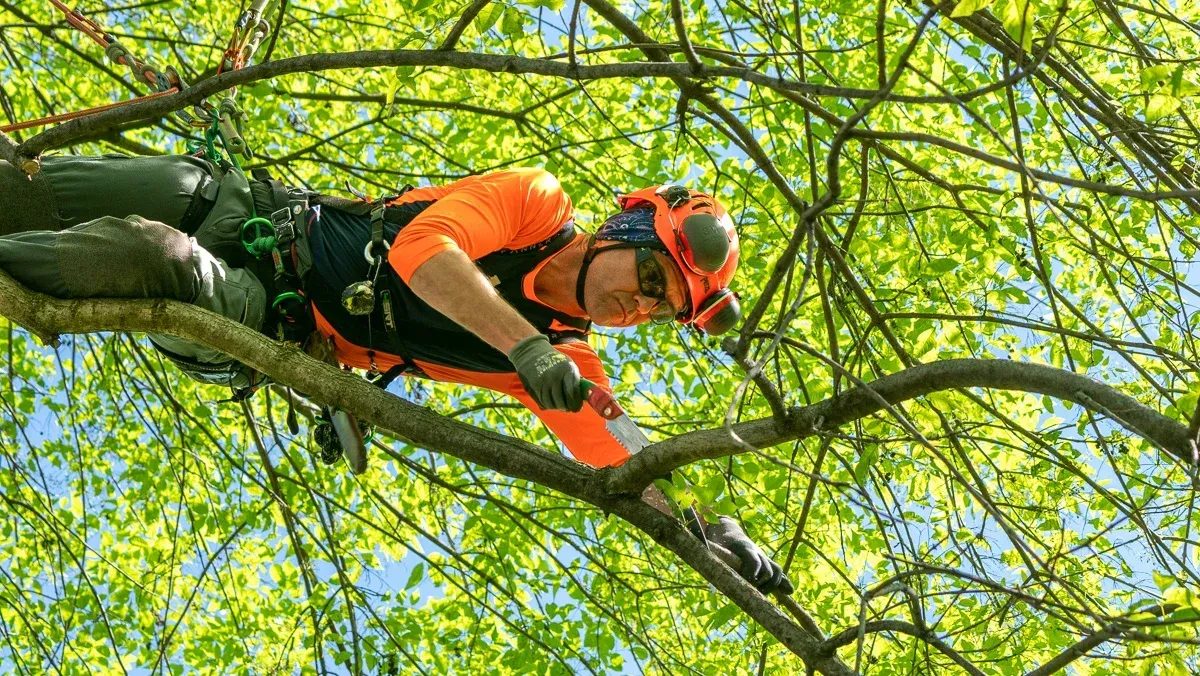
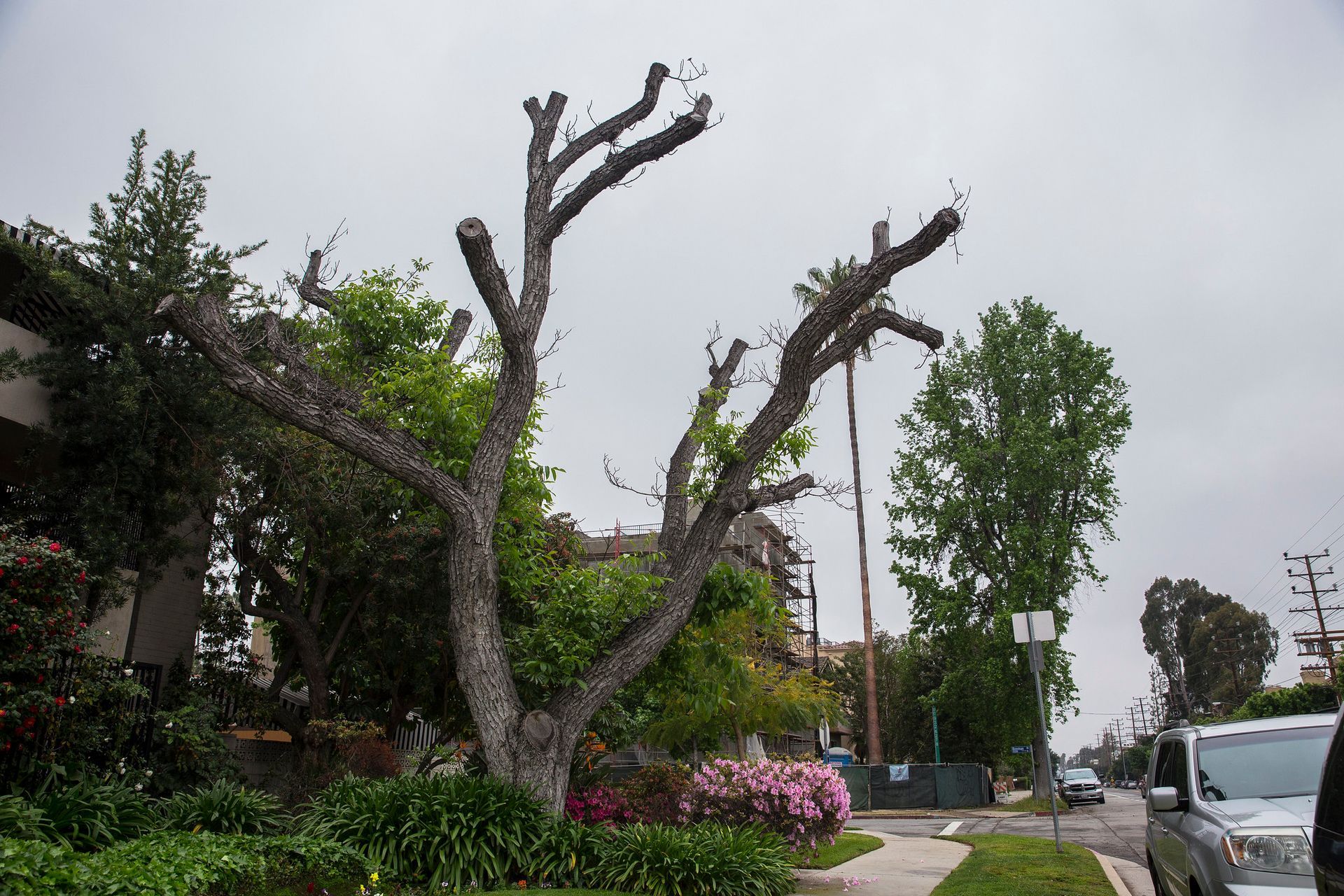
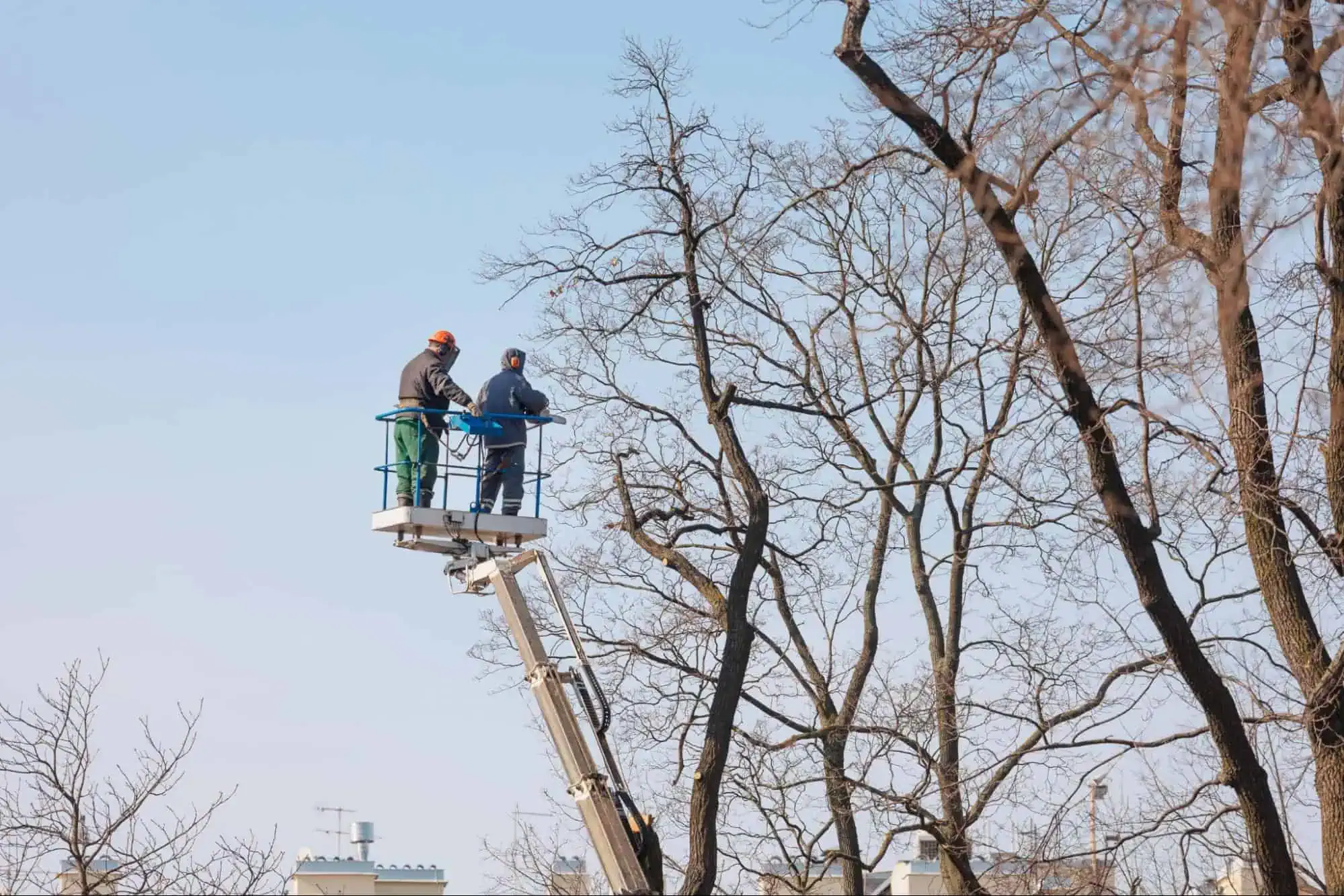
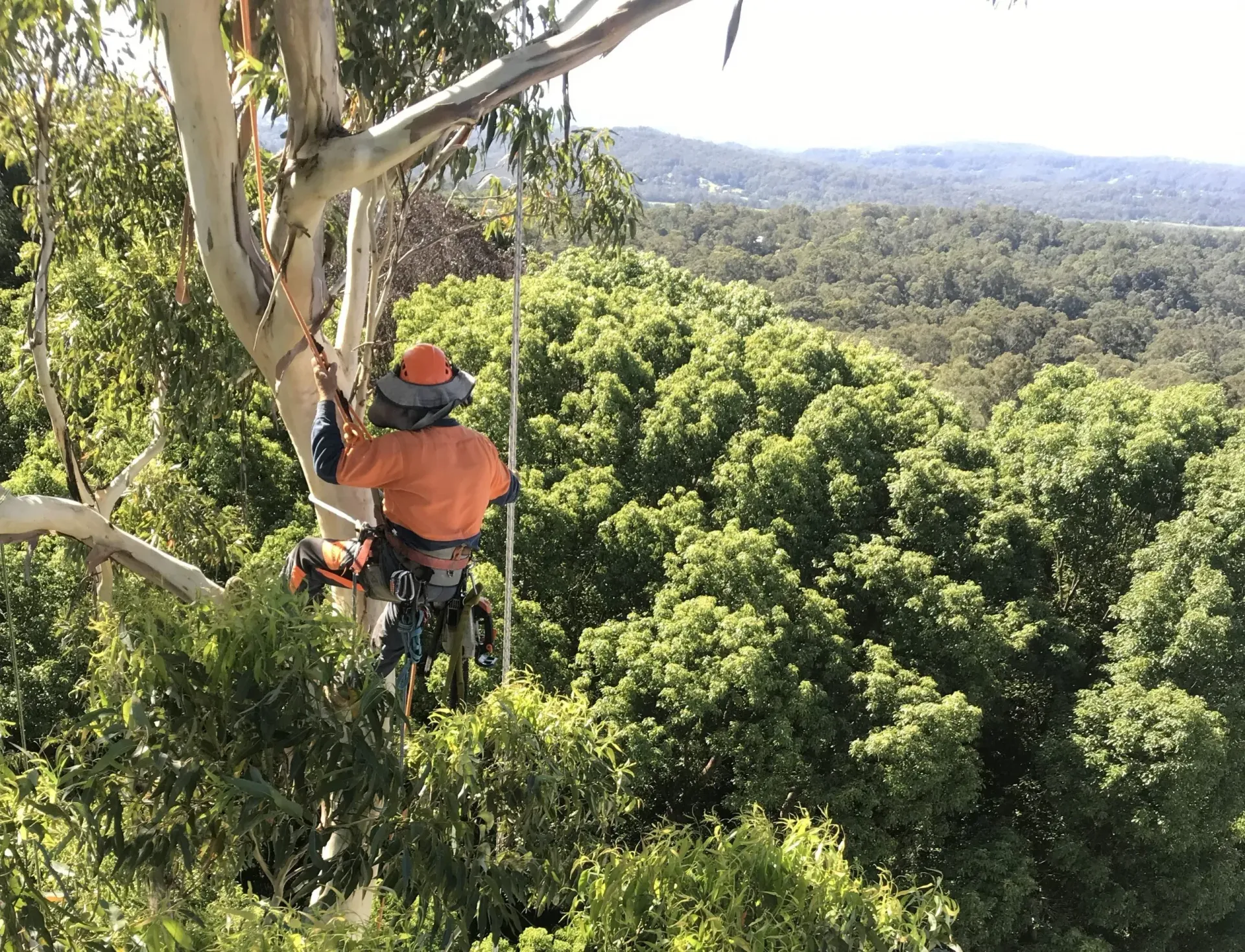
Sunshine Tree & Landscape is your local landscaping contractor and arborist in Stewartsville, NJ.
870 Route 57 Stewartsville, NJ 08886
Business Hours

Sunshine Tree & Landscape. All Rights Reserved. Sitemap
